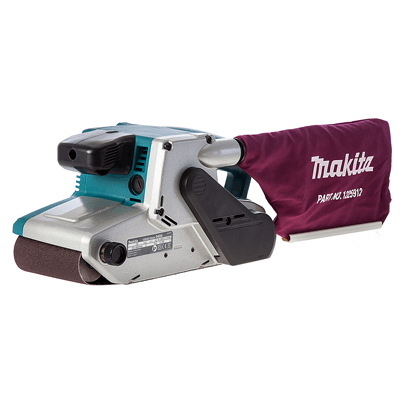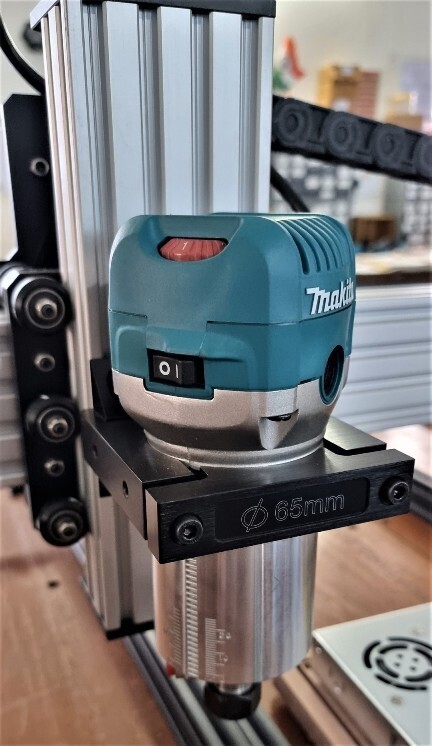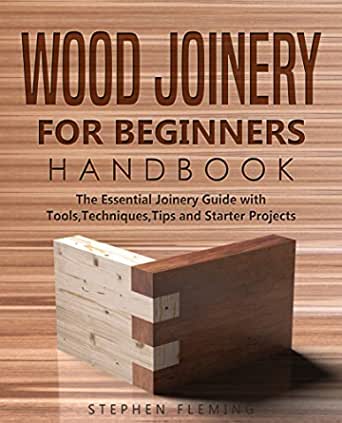
It is important to weigh the pros and cons of planers and jointers when making a decision. Below are some key features. See our Planers and jointers comparison for more information. We'll also take a closer look at the features of these tools. Weigh the advantages and disadvantages to help you decide which one is right for you. Weigh the pros and cons of each planer to find the right tool for your needs.
Planer vs jointer
There is much disagreement among woodworkers over the best tools to use for the job. Although a planer can be more affordable than an jointer, it can still prove to be costly. A jointer has a fixed blade, while a planer's cutterhead revolves about the operator. A jointer cuts the stock in the direction of the operator while a planer takes it away.

Cost
A planer that is fast will allow you to cut large boards. A smaller planer can be purchased if you're only using it for small projects. You will need to think about several things before you buy a new plane. First, you need to know how many pieces of lumber the machine can plane per minute. The machine cannot plane large pieces at once, so it will most likely waste a lot.
Workpiece capacity
There are different capacities for planers. The size of the workpiece will dictate how much you have to cut. Some models are able to handle less than 12 inches of stock while others can handle larger scraps. A planer's capacity will also depend on the size of the wood you're cutting. The motor must have enough power for the job. For most projects, a planer needs a motor that is two to three horsepower.
Dust collection
Planers and other woodworking equipment produce large amounts of chips and dust. These particles can be inhaled and are difficult to remove with a vacuum. Planers should therefore invest in high quality dust collection systems. These are some tips that will help you choose the best dust collection system to suit your woodworking tools. Also, keep in mind that your dust collection system should have at least 500 CFM airflow.
Noise
Planers can make a lot, especially electric ones. Planers are frequently the loudest in garages, so make sure to use your hearing protection when using your planer. A sharp blade is another way to reduce noise levels. The noise from dull blades can make it more annoying. To reduce noise levels, you should cut the wood in shallower layers to keep it low and prolong its life. These are some ways to reduce the nuisance noise for your neighbors and yourself.

Quality
Although different planers have different qualities, all of them share the same basic design. The majority of them use a Chinese-made motor head and the motors or blades are not varied between models. These differences are due to the accessories and features that come with the tools. Wood planers are rare power tools. This is why the differences in these tools are mainly due to the additional features and accessories that come with them.
FAQ
What kind of tools do carpenters use?
Carpenters most often use a tool called a hammer. A hammer can be used to drive nails into wood. It is also used to help hold pieces together while working on a job. Other tools include clamps.
What is the difference between a hobbyist woodworker and a professional woodworker.
Hobbyists are passionate about making things from wood, while professionals tend to be more focused on the quality and craftsmanship of their work. Hobbyists usually take pride in their creations and often share them with friends and family. Before they start working on a project, professionals will spend hours researching the designs. They'll be meticulous about every aspect of their work, from choosing the best materials to finishing it perfectly.
Where can you buy hardwood lumber?
Home Depot has hardwood lumber for sale. You can find all types of wood products at Home Depot, such as flooring, cabinets and furniture.
You can also find a large selection of engineered hardwoods like Ipe (Araucaria Angustifolia), Brazilian Cherry, and Mahogany in their collection (Swietenia Macedonilla).
These woods can also be purchased online by simply searching Google for "hardwood timber"
Does it take a genius to make woodworking work?
No. Woodworking is not difficult. Anyone can learn how to use basic power tools and techniques to create beautiful works of art.
Statistics
- The best-paid 10 percent make $76,000, while the lowest-paid 10 percent make $34,000. (zippia.com)
- If your lumber isn't as dry as you would like when you purchase it (over 22% in Glen Huey's opinion…probably over 10-15% in my opinion), then it's a good idea to let it acclimate to your workshop for a couple of weeks. (woodandshop.com)
- The U.S. Bureau of Labor Statistics (BLS) estimates that the number of jobs for woodworkers will decline by 4% between 2019 and 2029. (indeed.com)
- Most woodworkers agree that lumber moisture needs to be under 10% for building furniture. (woodandshop.com)
External Links
How To
How to join wood without using nails
Woodworking is a hobby that many people enjoy doing. Woodworking can be a fun hobby because you can work with your hands to make useful objects from wood. You may need to join two pieces without the use of nails. This article will teach you how to do this to keep your woodwork projects looking great.
Before joining the pieces of wood together, you will need to first trim any edges. You don't want any sharp corners to cause problems later. Once you've done this, you're ready to start gluing your boards together.
If you are working with hardwood, only one side should be glue. You should glue both sides if you are working with softwoods such as pine and cedar. Press the boards down until the glue is fully incorporated. Be sure to let the glue dry before you move on to the next step.
After you've glued your boards, you'll want to drill holes into the joints where you plan to insert screws. Depending on the type of screw that you use, the size of these holes will vary. If you are going to use a half-inch wood screw, you will need to drill at least 3/4 inch deep.
After drilling the holes, you can drive the screws into your board's backside. Avoid hitting the board's top surface. Otherwise, you could ruin the finish. Try to not hit the ends of the screws when driving the screws. This will prevent the wood from splitting.
Protect your finished project now. You have two options: seal the whole furniture piece or just the top. You'll want a product that lasts for many years. There are many options: oil-based varnishes; polyurethane; shellac; lacquer.
You can find these products at most home improvement stores. Be sure to choose the right one for your project. Some finishes are toxic and should not ever be used indoors. Wear protective gear whenever you are handling them.